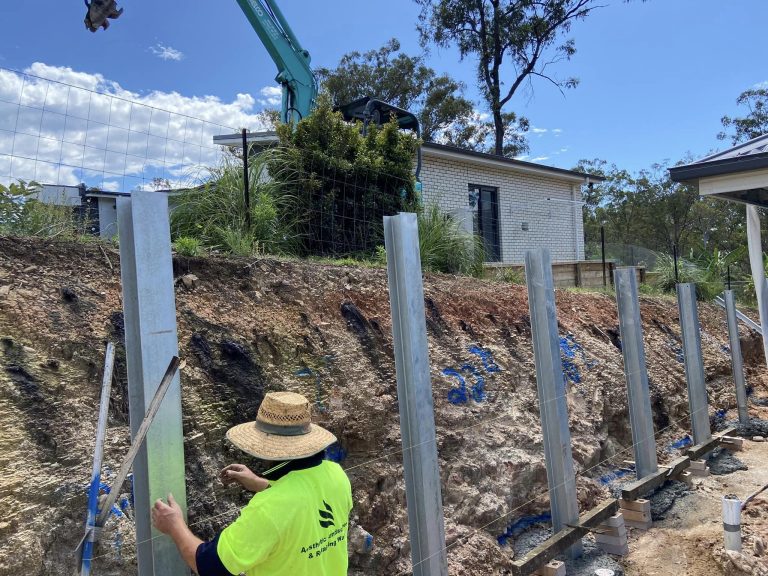Building A Retaining Wall
You may have considered building a retaining wall if you have a sloped property.
Retaining walls are a great way to create level spaces on sloped properties and can even be used for decorative garden features.
Before you start planning a retaining wall build it’s essential to understand what is involved with the planning, if you need building approvals and the choosing a qualified retaining wall builder.
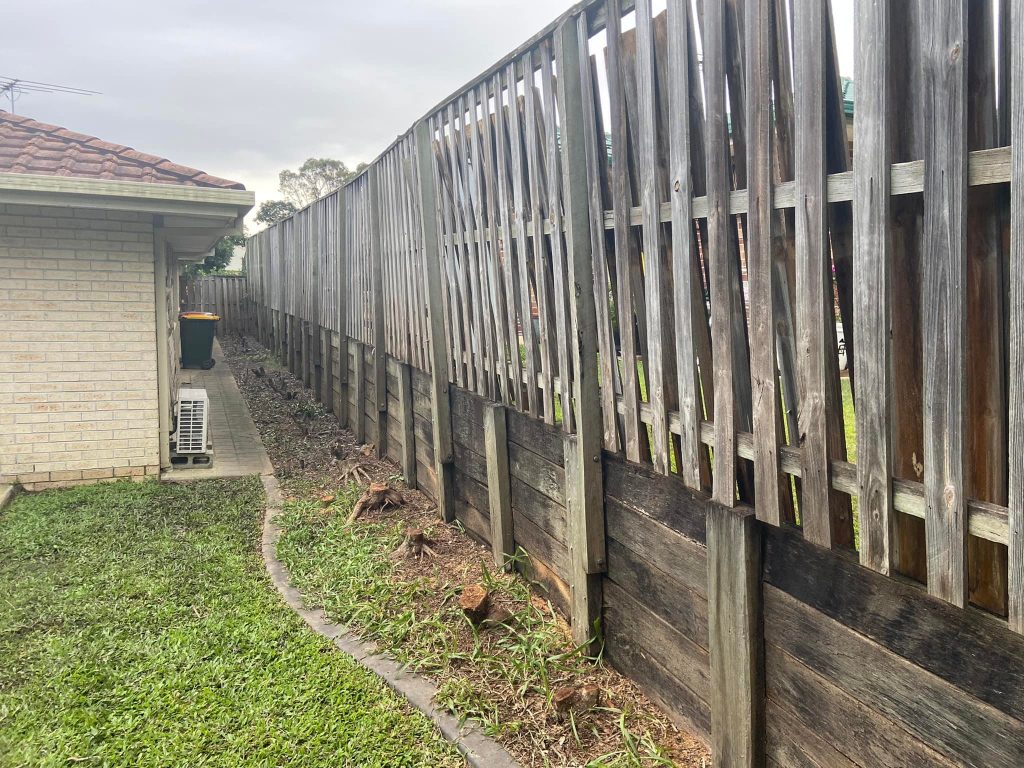
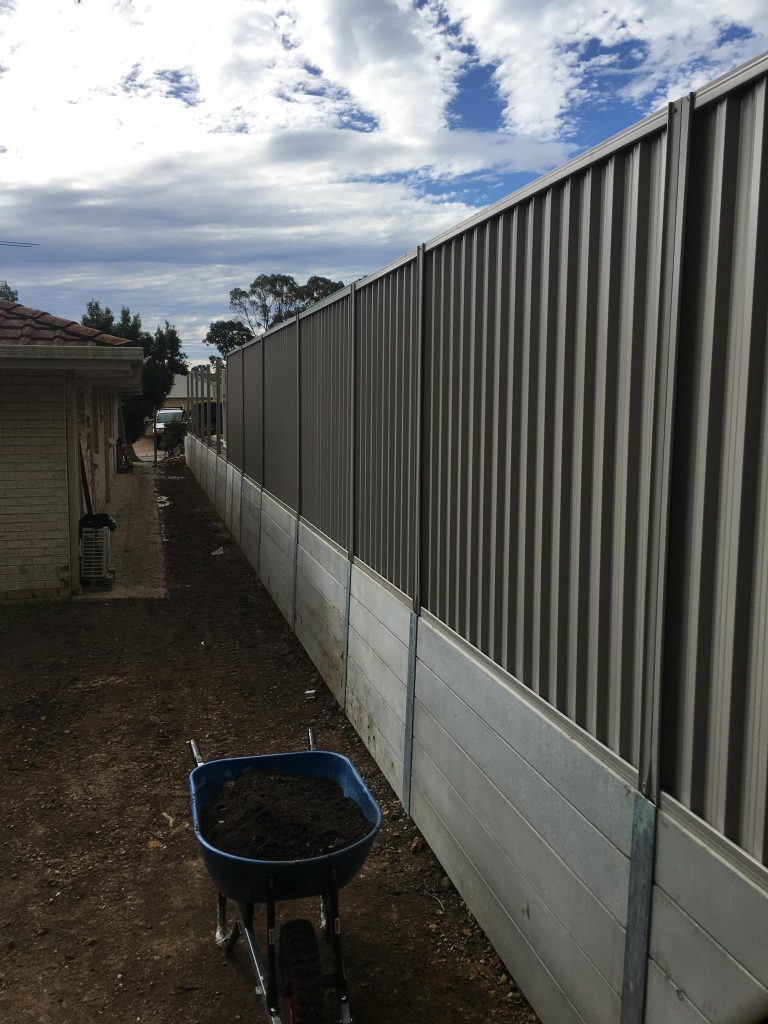
Why Build a Retaining Wall?
- A retaining wall can help prevent soil erosion by holding back the earth’s natural flow.
- A retaining wall can also protect your property from flooding.
- A retaining wall can help to create level grassed areas
- A retaining wall can improve the appearance of your property.
Council Approvals And Retaining Walls
For retaining walls over 1 metre in height the wall needs to be designed and approved by professionals.
At Aesthetic Landscapes And Retaining Walls – we will help you with this process. It is a part of many of the retaining walls we build.
Council approval for a retaining wall includes:
- Lodging a building application.
- Have a qualified drafter draw your plans, with structural engineering
- Hiring a building certifier, to approve your plans and make periodic inspections to ensure the retaining wall is being built according to required building code specifications.
At times a structural engineer maybe required as well.
How to Choose the Right Retaining Wall for Your Home
When it comes to choosing the right retaining wall for your home, there are a few things that you need to consider.
First and foremost, you’ll need to decide how high the wall should be.
This will depend on the height of your home and the slope of the ground where it is located. Next, you’ll need to work out the degree of the slop on the land.
This will determine how much force is required to hold back against erosion.
Finally, you’ll need to consider what materials you will build the wall in.
- Masonry
- Blocks
- Stone
- Timber
- Concrete Sleepers
When making decisions about selecting a retaining wall for your home, it’s important not only to focus on factors such as height, slope, soil type etc. but also to look at surrounding architecture & landscaping too – You want a retaining wall that will also look good!

Masonry walls are usually made of concrete or bricks with either an aggregate (sand, gravel, etc.) or cement mortar used between them. Blocks are a form of brick and they are designed to interlock with each other.
Masonry and block retaining walls are durable and can last longer than a stone wall but they can also be more expensive.
Natural stone walls are typically made of solid pieces of sandstone and they can be a natural boulder or cut into blocks. They are an affordable option if you want a natural feel to your garden design. They always look fantastic.
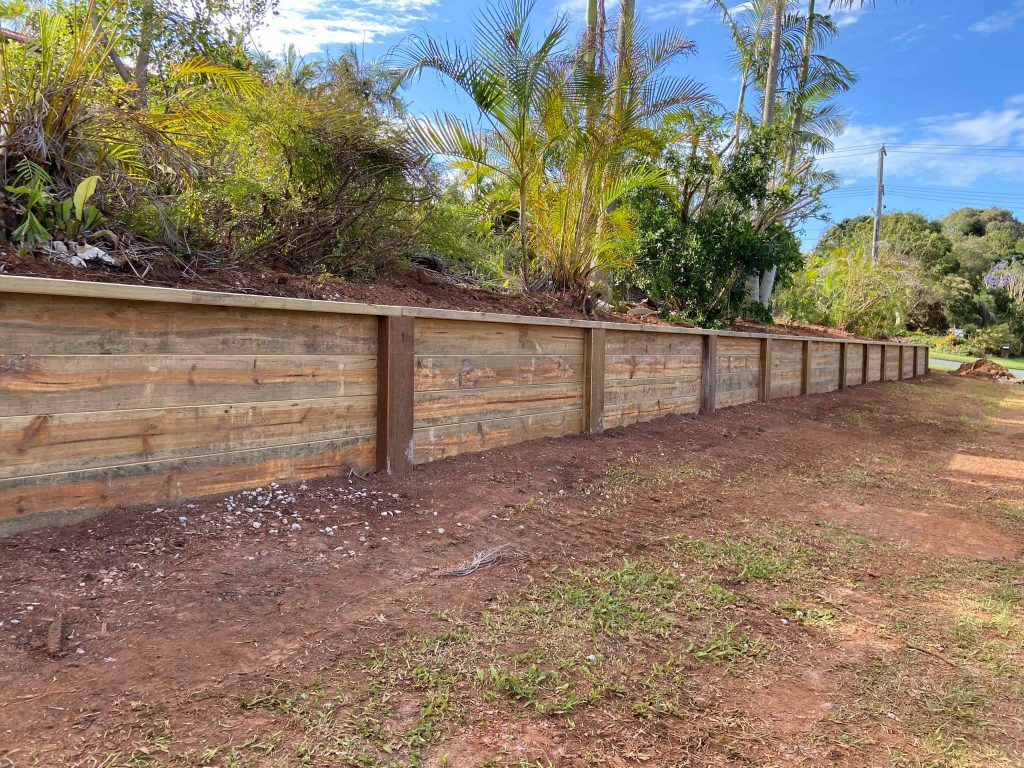
Timber sleepers are an easy material to work with and are suited for lower retaining walls. They also cheaper to use than concrete sleeper retaining walls and are great for garden bed areas and fence lines. Ensure you are using the highest grade in treated timber as all timber is susceptible to rotting or warping after a few years may no longer look aesthetically pleasing.
Concrete Sleepers make great retaining walls of all heights walls are great for when you want to level off a yard or commercial property to create more useable areas outdoors. The different finish and colour range is large and you can create a retaining wall that looks like timber or you can choose a smooth and coloured finish
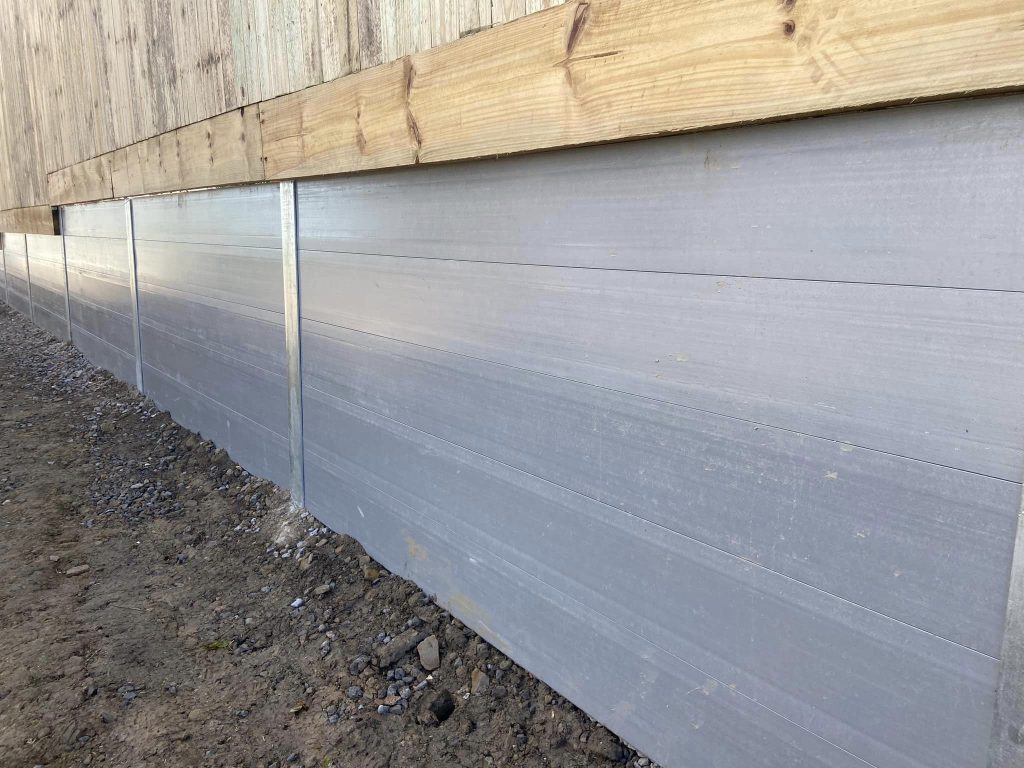
Residential landscaping will typically use
Gravity Retaining Walls:
Gravity retaining walls are the simplest type of wall and rely on the force of gravity to hold them in place. They are most commonly used for residential work.
Large Construction Projects will typically use
Cantilever retaining wall –
They are constructed by suspending the columns directly above or below the water level, allowing them to sway rather than relying on gravity to hold them in place. The advantage of this design is that it allows for a larger and more fluid structure, which reduces the need for foundation trenches and supports. Additionally, lateral forces exerted on the wall can be compensated for without requiring extensive anchoring systems or external anchors.
Anchored retaining wall-
Anchored retaining walls are anchored to the ground. They are generally used in areas where soil conditions or bedrock make traditional masonry construction difficult or impossible.
Anchored retention walls can be made from various materials, including steel, concrete, pre-cast sections, reinforced concrete beams set into supported blocks of stone or clay bricks, or modular panels with steel end members embedded in rigid soils.

The Benefits of Having a Retaining Wall
Having a retaining wall is an essential part of any property development project.
This wall is designed to help prevent soil erosion and protect the ground beneath your home or business from being damaged.
Retaining walls not only help to make an area more usable by creating designated areas on a sloped property and help to create the right areas to grow plants or build structures on top of the ground.
They are often a part of boundary fence lines in many Brisbane and Redlands homes due to how hilly many parts of these council areas are.
Tips for Maintaining Your Retaining Wall
Maintaining your retaining wall is essential for several reasons. Not only does it help to prevent erosion, but it also helps to keep your property in good condition. Furthermore, maintaining your retaining wall can lead to several benefits, including increased property value and decreased maintenance costs.
There are a two things that you need to take into account when maintaining your retaining wall:
- Be sure to check the condition of the soil around the wall every year.
- Keep an eye out for any signs of damage or deterioration, and take action if necessary.
By following these tips and taking care of your retaining wall, you can ensure that it remains in good condition for years for 15 years plus.
In Summary
Building a retaining wall is big undertaking for any property owner.
But with some research, you can find the right solution for your needs. Get in touch with our team and we can give you the best options for your property and how a retaining wall can add to your yard. We can also help you design other structures in the yard such as a new deck or laying turf to create an instant lawn area
So don’t wait. Get in touch so we can start planning your retaining wall today!


